
According to the project, Ho Chi Minh City will form four center models including: Ho Chi Minh City Center for Creative Startups meeting the criteria of an International Innovation Center, Ho Chi Minh City National University International Innovation Center, International Innovation Center invested by enterprises and Ho Chi Minh City High-Tech Park International Innovation Center.
Perfecting specific mechanisms for development
Sustainable digital transformation expert Nguyen Xuan Hien, Ho Chi Minh City Information Technology Association, said that the International Innovation Center of Ho Chi Minh City National University has great advantages in scientific human resources and in-depth research capacity, but there are still limitations in the ability to commercialize research results.
“Most of the current output products are limited to scientific research projects, without forming applied products or start-up businesses. This makes it difficult for many potential ideas to go beyond the laboratory stage, lacking a bridge to bring research results to the market,” Mr. Hien commented.
According to Mr. Nguyen Xuan Hien, the Innovation Centers in high-tech zones have outstanding advantages in terms of infrastructure and modern technological environment, but their operations are still limited in scope. Most of them only serve businesses in high-tech zones or focus on investment promotion and high-tech industrial development, while there is no strong support mechanism for creative startups or interdisciplinary research.
Mr. Cao Xuan Thang, Vietnam Trade Counselor in Singapore, said that the project should be implemented in specific stages. “Specifically, in the period of 2025 - 2027, the City can focus on completing infrastructure, building human resources, establishing an international network, and selecting 1-2 key centers (such as the Ho Chi Minh City National University Innovation Center or the High-Tech Park International Innovation Center) to test the model. In the next stage, when the system is operating stably, the City can upgrade these centers to become focal points for policy coordination, investment promotion and development of a global cooperation network,” Mr. Thang suggested.

Regarding model testing, Dr. Tran Thi Ngoc Lan, a former lecturer at the University of Natural Sciences (VNU-HCMC), said that there should be a dedicated funding source for product testing and networking during this process. She emphasized that when it comes to creative testing, we should not only focus on startup ideas, but also pay more attention to nurturing creative thinking from the young generation.
Learning from other countries
For rapid and effective development, Mr. Cao Xuan Thang suggested building a “Ho Chi Minh City Global Innovation Hub”, an innovation center with the brand of Ho Chi Minh City but not limited to geographical scope, allowing international partners and investors to participate.
In addition, according to Associate Professor Dr. Vu Ngoc Anh, Lecturer at the University of Technology (VNU-HCMC), the speed of information processing and response is a key factor. According to him, international centers like Singapore have a standard response speed of 24 hours, while in Malaysia it is usually about a week slower... This shows that in order for the center in Ho Chi Minh City to operate effectively, it is necessary to build a fast, transparent and effective response mechanism.
“If we are just one month late in importing goods, we will be 10-20 times behind our international competitors. Therefore, Ho Chi Minh City needs a special mechanism, coordination between the central and local levels to remove obstacles, creating a ‘get out of jail free card’ for innovative businesses,” Associate Professor Dr. Vu Ngoc Anh shared.

Similarly, Dr. Tran Thi Ngoc Lan, a chemist, also proposed introducing creative ideas to children early, through interactive science centers instead of focusing only on academic research. She cited experiences in Singapore, Japan and the US, where science centers converge to help children and adults experience, thereby forming many potential creative ideas.
“Children are the original source of creative ideas and the City needs to develop 'spot for science' spaces to nurture this resource, similar to the model in Singapore,” Ms. Lan emphasized.
At the same time, she also noted that products supported at the creative startup center must be closely linked to the focus of socio -economic development of Ho Chi Minh City, ensuring practical significance and contribution to sustainable development, instead of just being single experimental products.
“Singapore is a typical example of connecting innovation centers with socio-economic development orientation. Ho Chi Minh City should also aim for a similar model, ensuring that startup initiatives are not only creative but also have practical value,” Ms. Lan affirmed.
Many experts believe that Ho Chi Minh City will build a flexible, open and highly encouraging mechanism, creating conditions for businesses, institutes, schools and creative individuals to fully develop their potential, contributing to making Ho Chi Minh City a global innovation center of Southeast Asia.
Source: https://baotintuc.vn/khoa-hoc-cong-nghe/xay-dung-tp-ho-chi-minh-thanh-trung-tam-doi-moi-sang-tao-tam-voc-quoc-te-huong-toi-vi-the-dau-tau-doi-moi-sang-tao-dong-nam-a-bai-2-20251113101218338.htm



![[Photo] 17th Congress of Hanoi Women's Delegates](/_next/image?url=https%3A%2F%2Fvphoto.vietnam.vn%2Fthumb%2F1200x675%2Fvietnam%2Fresource%2FIMAGE%2F2025%2F11%2F21%2F1763711953024_image-9-4623-jpg.webp&w=3840&q=75)





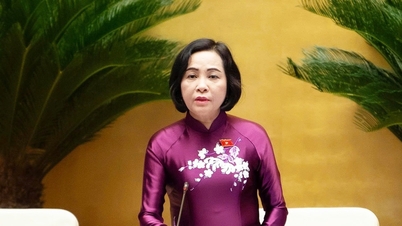

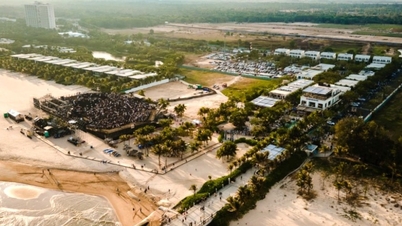





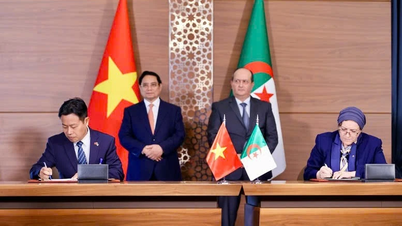

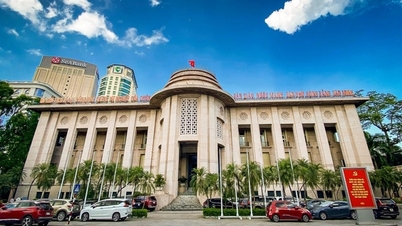


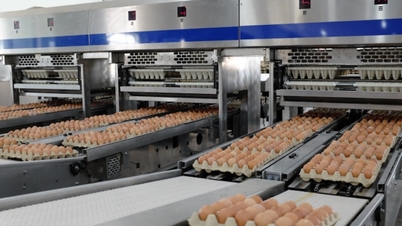
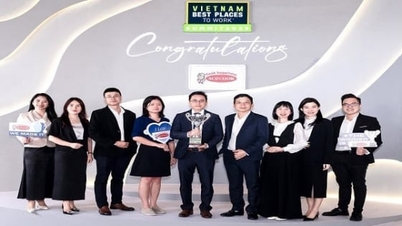












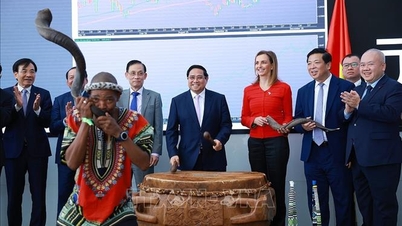
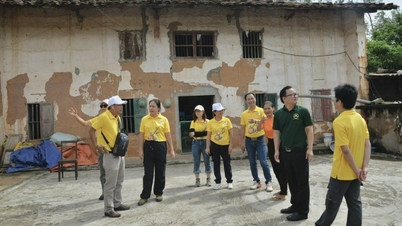






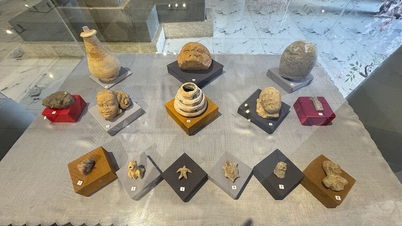





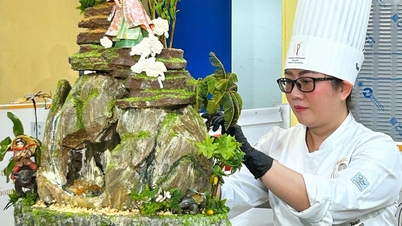









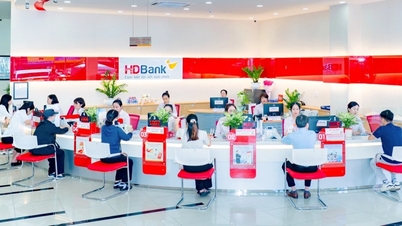














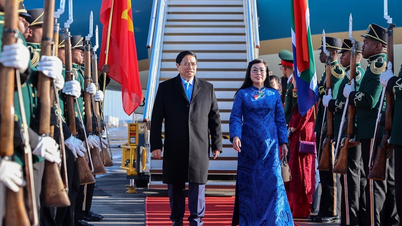

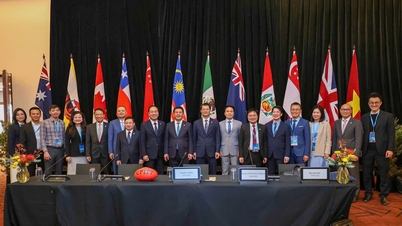


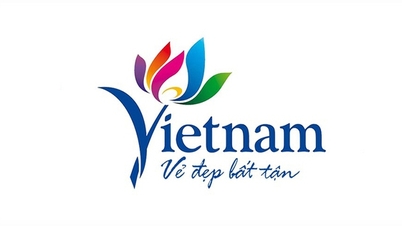
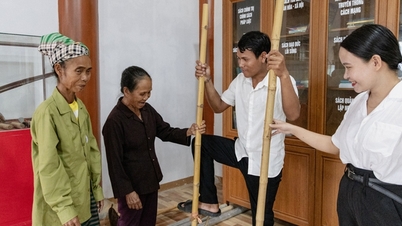

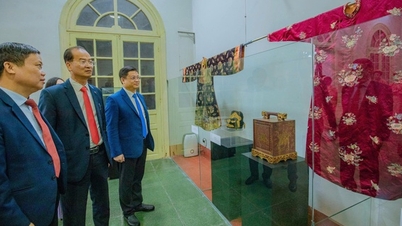
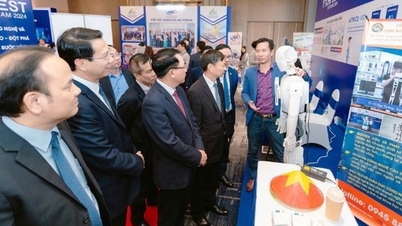



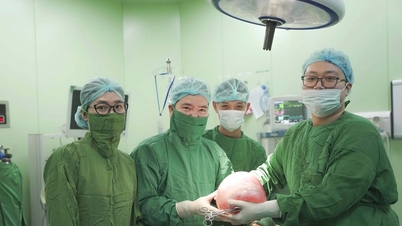

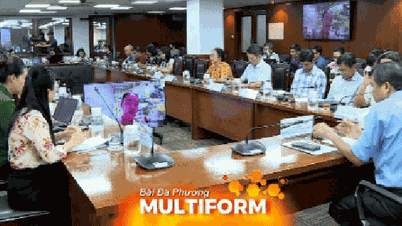


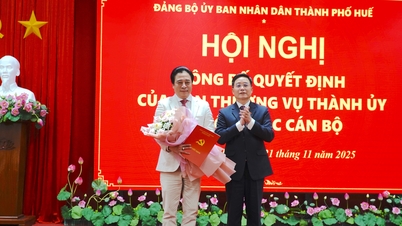












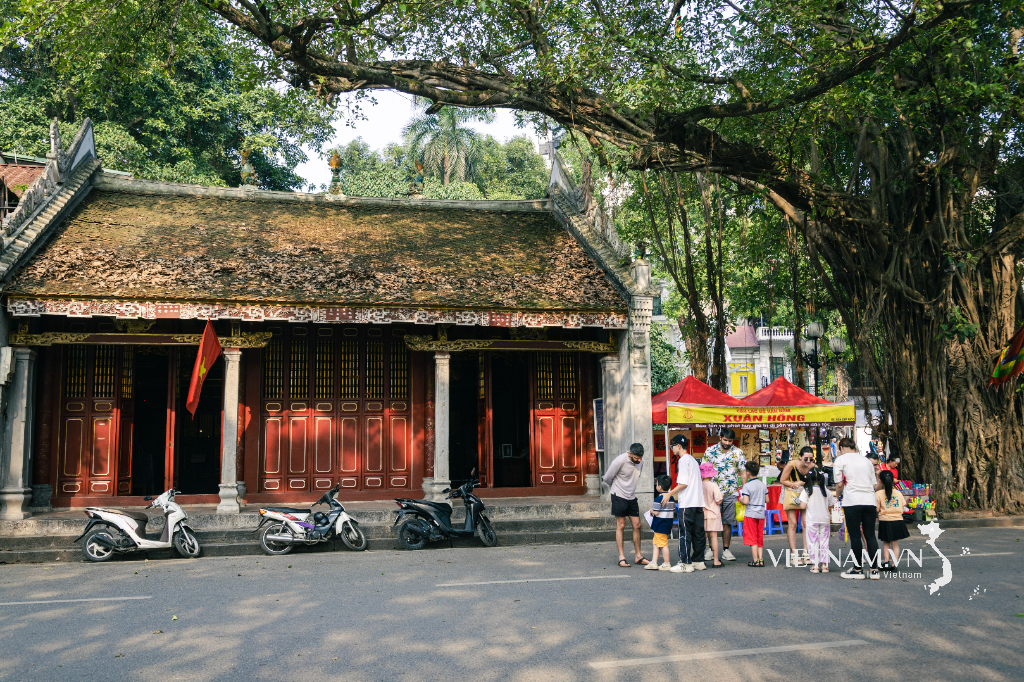

Comment (0)